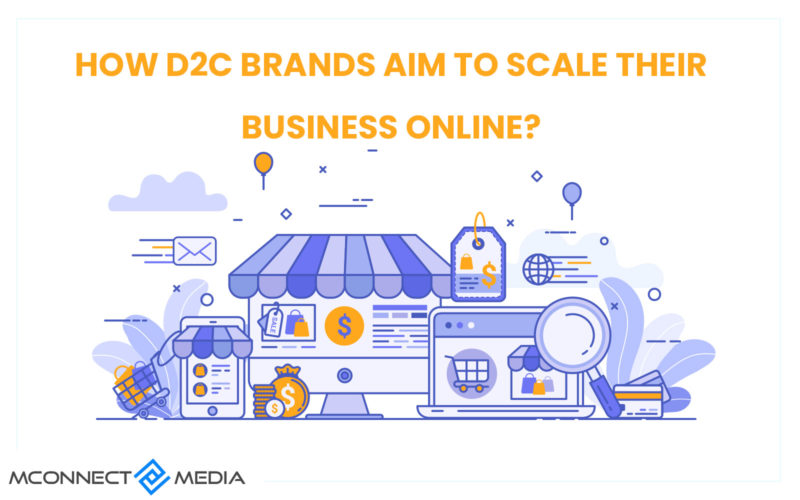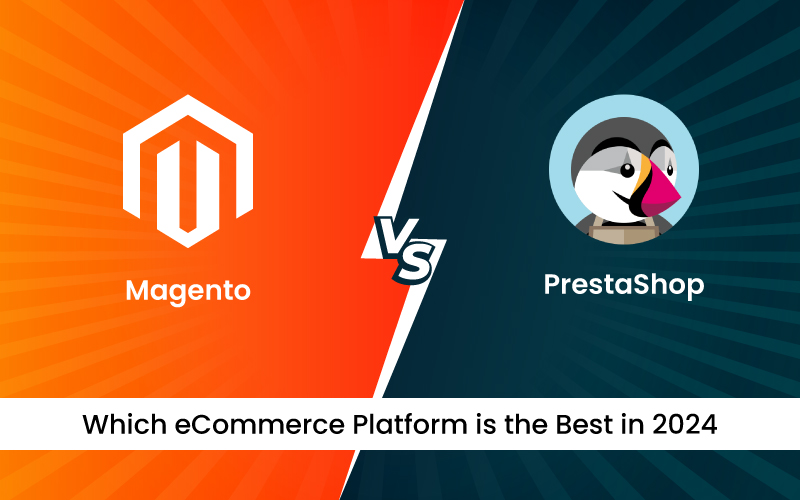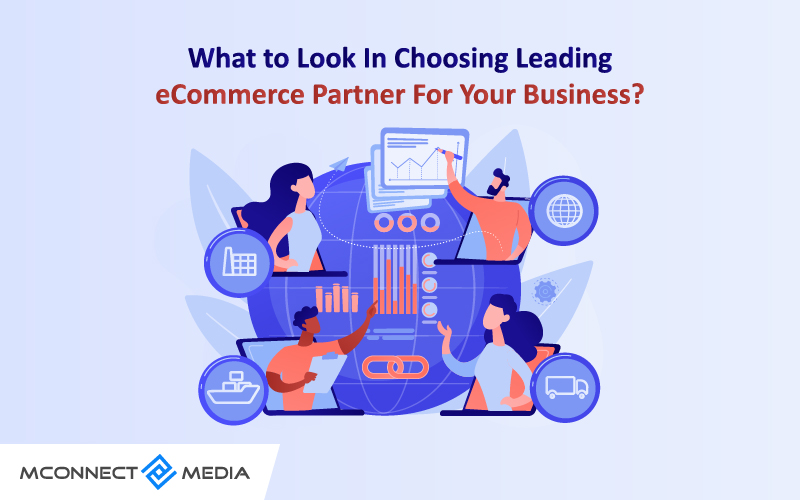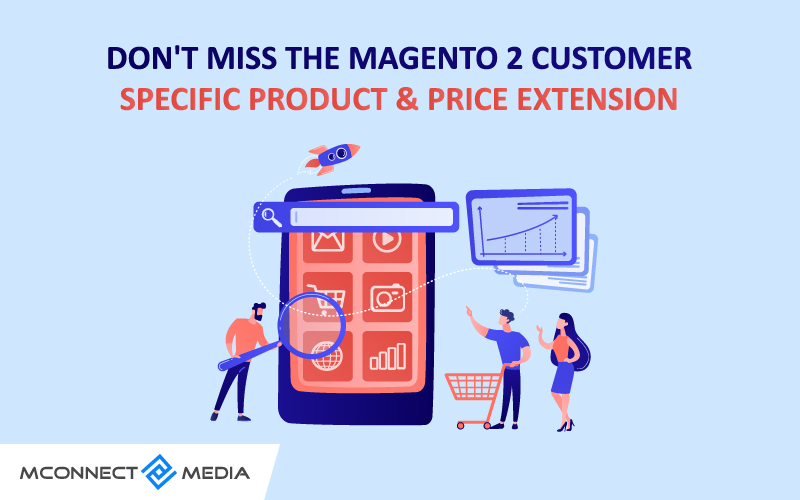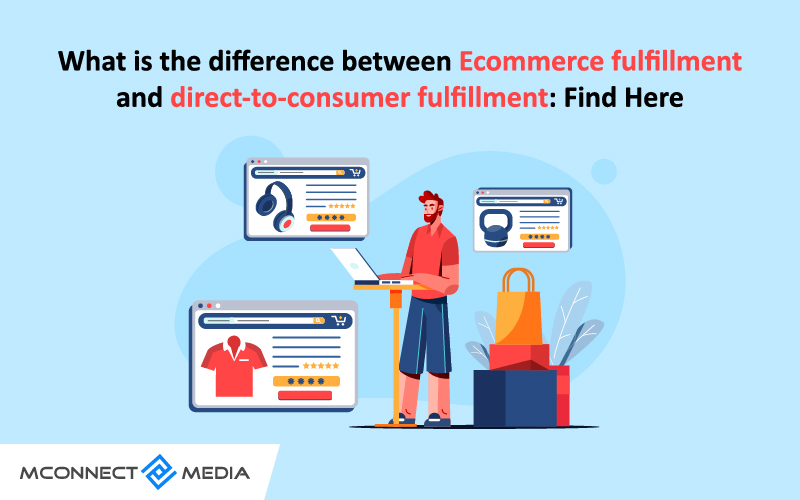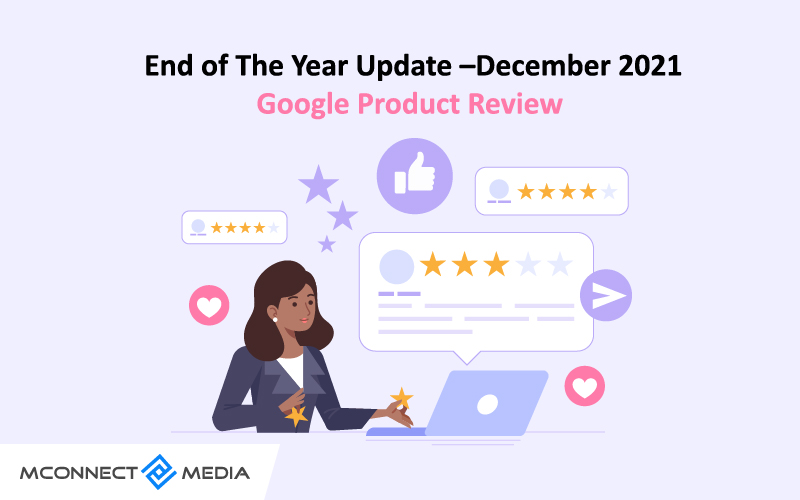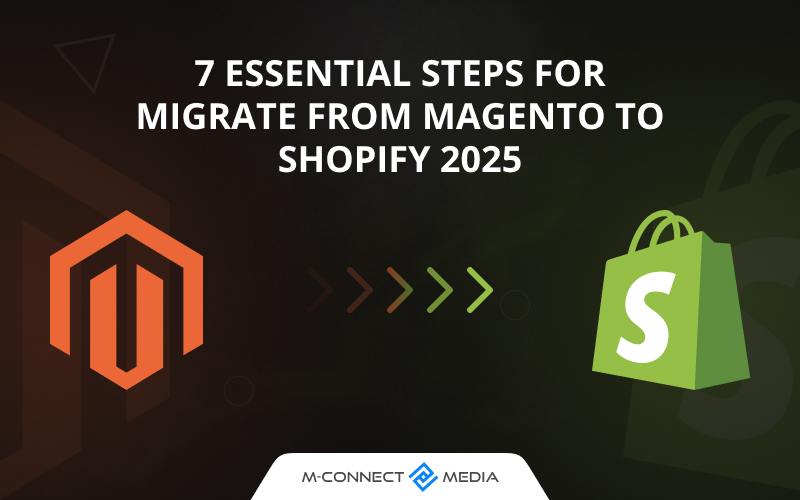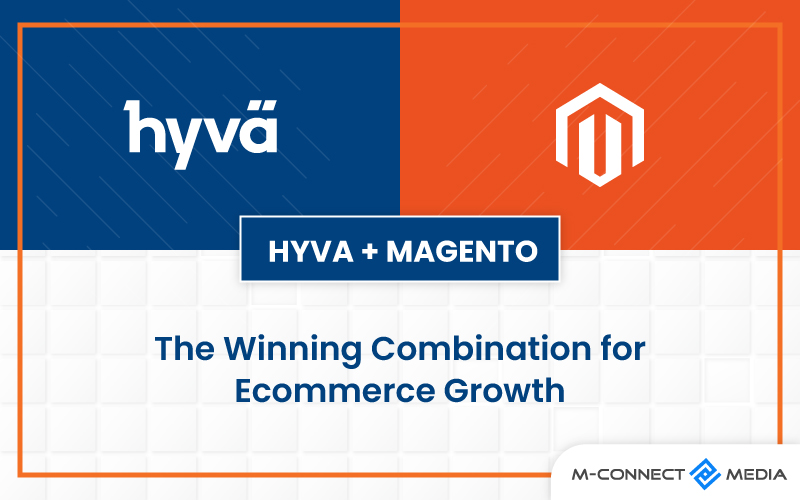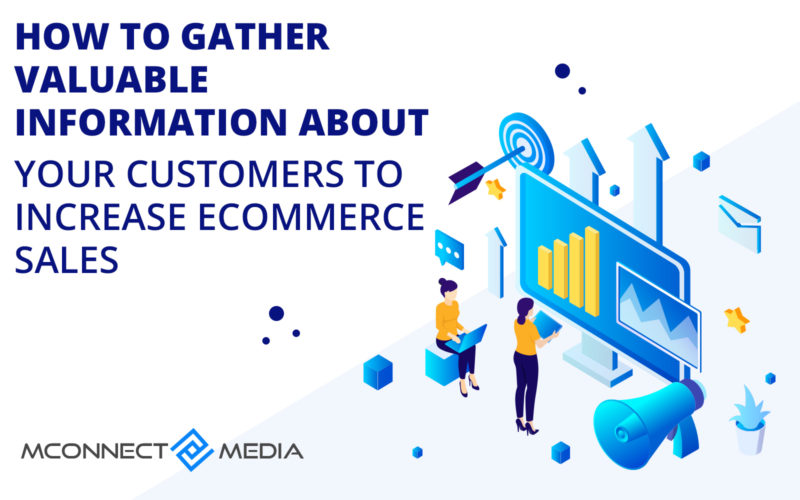Pandemic is a nightmare for everyone but daydreams for eCommerce sector. We know how Covid-19 has stopped people go outside and do shopping. In the last few months, consumers have become more than feared to go outside, purchasing even the most needed products from the safety of their homes.
Since people staying in, the demand for online shopping has increased. For brands who had already been selling online, this changing tide is profitable and an opportunity to increase customer base and drive sales. But for brands that step into this digital landscape for the first time, it is the most suitable time to get started and to get discovered.
However, the changes in how consumers purchase have given a bigger impetus for online shopping and made D2C (direct-to-customer) or DTC the only option for brands. Before moving ahead, it is essential to understand what D2C exactly is and how you can scale your D2C brand.
What is Direct-to-Consumer (D2C)?
D2C or DTC, or Direct to Consumer, is an eCommerce strategy that allows merchants or retailers to sell directly. D2C eCommerce is when the retailers sell its product directly to consumers from their website or webs store.
We know what the traditional retailer business model is and how long it is like there’s middle man such as manufacturer, wholesaler, and distributor; wherein the D2C model, there’s no middle man since it’s following direct to consumer model.
D2C model is best because even shoppers prefer to shop directly with the brand manufacturer over retailers or merchants. According to one research, more than 88% of consumers prefer to buy from the brand directly. Also, when it comes to traditional retailer business, manufacture have to sell bulk, while in D2C, they’d have to start selling individual items. This is the reason why manufacturers haven’t yet switched to a D2C business model, since they are selling products in bulk.
How Do You Scale Your D2C Brand?
Back to the early 2000s, it is no longer a concern to launch a successful direct-to-consumer brand. And we saw it time and again; there’s room for a fresh D2C business model to any sleepy, overlooked market and get success.
But as we can see, this model is no longer fresh in today’s time, and even founders were having a tough time finding success as competition increased. However, those who would be gloried with a D2C model would require a savvier plan of action for growth.
How can you Scale Your D2C Brand?
- Understanding customer needs
- Creating personalized experience
- Competitor analysis
- Streamlining of the order fulfillment process
- Identifying a new trend and making it available and affordable
Tips to Build Your D2C Business?
Since chances are relatively low for start-ups to enter in D2C, you have to make sure that you compete with big eCommerce retailers and brands like Amazon and Walmart, which already have a massive customer base.
This is why it is important to plan to help you become a renowned brand and disrupt the state of affairs. Here, we will discuss some tips that you need to follow and implement to establish a D2C business.
- Identify upcoming trend, and make them available
- Buckle down on product and advertising efforts on your customer’s pain point
- Amplify choice
- Be content-oriented
- Build subscription-based model
- Implement an aggressive SEO campaign
- Social media marketing
- Go headless and reach consumers everywhere
Why is the D2C (Direct-to-Consumer) Strategy Important?
So far, we have discussed how you can scale your D2C business and build a D2C brand; therefore, it is essential to know why D2C is important in the eCommerce market.
Direct-to-Consumer (D2C) is an eCommerce strategy where merchants have end-to-end control of marketing their product directly to consumers instead of wholesalers, manufacturers, or any middle man. This business model is better than traditional retail because it offers many competitive benefits over traditional retail strategies. We will discuss each benefit and know why D2C is better than traditional retail.
Better control on brand
The first and foremost benefit any brand owners can use by following the D2C business model is control, which is not traditional. Yes, when you follow the D2C model, you directly connect with your consumers rather than with long chains such as manufacturer, distributor, wholesaler, and so on.
Because once the product is handed over to retailers, manufacturers or distributors can no longer influence the sale, build a connection with consumers or collect data. And we know how manufacturers spend a lot on marketing, but it is ultimately the retailers in the D2C business model that present the product to the consumer.
Chances to understand customer
Often, most retailers have a common or fixed pattern in selling products. And they are likely to take risks and sell new products and have no track record of being trendy items. That’s the reason manufacturers are restricted to producing what retailers want.
While D2C help manufacture to launch new products at a smaller scale, try with few demographics and collect customer feedback. This way, manufacturers can identify what customers are likely to buy, produce what sells, and enhance sales.
Direct connection with Customers
There’s no doubt that you will have direct contact with customers through their buying journey, including post-sales, gather email addresses, location, social media handles, buying personas, etc. knowing consumer buying behaviors helps manufacturers optimize current products and create new products lines.
Improve brand loyalty
Since manufacturers know what their customers want and meet their needs, they have more autonomy to provide their customers with better service and support with the D2C business model. They can expand their connection with consumers to build strong relationships and drive retention through advertising campaigns.
How can a Retailer Get Started in D2C (Direct-to-Consumer)?
Now that we know about the D2C model let’s take a quick tour of how a retailer can start the journey.
1. Spot your brand
Very often, retailers know what they sell. You can start with the marketing team’s requirements to check out what the brand stands for and build a persona. By knowing the customer profile, the retailer can create a marketing plan and sell according to buyer personas.
2. Design a Website
The next step for a D2C model is the obvious website building exercise. A well-designed with the help of eCommerce experts can take your business leaps and bounds. To achieve this at M-connect Media, retailers are offered solutions that range in a wide variety of CMS and digital transformations that are specialized in delivering a seamless experience to customers.
3. SEO visibility
How will you make sure that your website gets traffic? A well-designed search engine makes sure you rank at the top in the search, which drives consumers to your website.
The Final Verdict
All in all, adopting a D2C model is profitable from a financial and operational standpoint. It is always a good idea to create something that ensures that remain consistent in providing what the consumer demand.
Need help in launching your store with a D2C business model? M-connect Media can help you here. We can help you build a fresh, new, and SEO-friendly website with the help of our eCommerce development team to drive more sales and revenue. Get in touch with us now!

